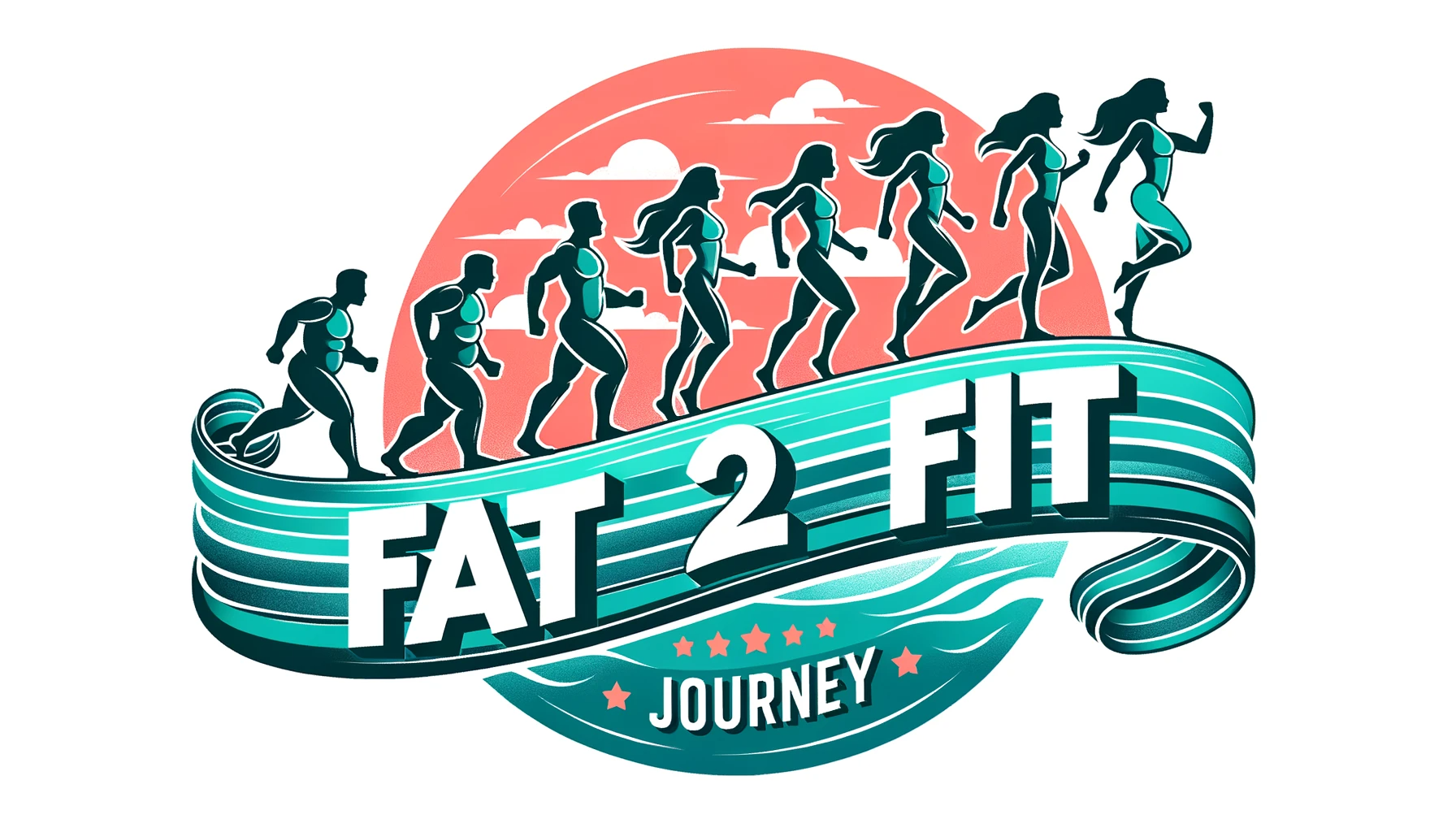Are you looking for a fast and efficient way to get in shape? Look no further than High-Intensity Interval Training (HIIT). This popular workout method has taken the fitness world by storm, promising quick and effective results in a fraction of the time. By incorporating short bursts of intense exercise with periods of rest, HIIT not only burns calories during the workout but also boosts your metabolism for hours afterwards. Whether you’re a beginner or a seasoned athlete, HIIT offers a challenging yet rewarding workout that will leave you feeling energized and accomplished. Say goodbye to long hours at the gym and say hello to HIIT.

Table of Contents
What is High-Intensity Interval Training (HIIT)?
High-Intensity Interval Training (HIIT) is a form of exercise that involves short bursts of intense activity followed by periods of rest or low-intensity exercise. It is characterized by its high-intensity effort, which pushes your body to its limits and challenges your cardiovascular system. The concept behind HIIT is to elevate your heart rate and maximize calorie burn in a shorter period of time compared to traditional steady-state cardiovascular exercises.
Benefits of HIIT
1. Increased calorie burning during and after exercise
One of the primary benefits of HIIT is its ability to burn a significant amount of calories in a short amount of time. During the high-intensity intervals, your body works harder and uses more energy, resulting in a higher rate of calorie burn. Additionally, HIIT has been shown to increase your metabolism, resulting in continued calorie burn even after your workout is over. This is known as the afterburn effect or excess post-exercise oxygen consumption (EPOC). HIIT workouts can help you maximize calorie burn and support weight loss goals.
2. Improved cardiovascular fitness
HIIT workouts are excellent for improving cardiovascular fitness. The intense bursts of activity challenge your heart and lungs, increasing their capacity and efficiency. Over time, consistent HIIT training can improve your overall cardiovascular health and reduce the risk of cardiovascular diseases. HIIT promotes better blood flow, lowers blood pressure, and enhances heart and lung function.
3. Time-efficient workouts
If you have a busy schedule and struggle to find time for exercise, HIIT can be a game-changer. Traditional workouts often require longer durations to achieve similar results to HIIT. With HIIT, you can maximize your workout time by performing intense intervals that provide the same benefits as longer workouts in a fraction of the time. This makes HIIT a perfect option for individuals looking for efficient and effective workouts that fit into their hectic lifestyles.
4. Preservation of muscle mass
One common concern when it comes to weight loss is the potential loss of muscle mass. However, HIIT workouts help to preserve muscle mass while burning fat. The high-intensity intervals stimulate muscle fibers, which signals the body to maintain and even build muscle. This is particularly beneficial for individuals who want to lose weight without sacrificing muscle tone or strength.
5. Suitable for all fitness levels
HIIT workouts can be modified to accommodate individuals of all fitness levels. Whether you are a beginner or an advanced athlete, you can customize HIIT exercises to match your fitness level and gradually increase the intensity over time. HIIT workouts can be adapted based on factors such as exercise selection, work-to-rest ratios, and intensity levels to ensure they are challenging yet safe for each individual.
Types of HIIT Workouts
1. Tabata
Tabata is a popular HIIT protocol that follows a specific timing structure. It consists of 20 seconds of all-out intensity exercise followed by 10 seconds of rest. This cycle is repeated for a total of 8 rounds, resulting in a 4-minute workout. Tabata can be done with various exercises, such as burpees, squats, lunges, and sprints. This type of HIIT is known for its effectiveness in improving aerobic and anaerobic capacity.
2. 4×4 Interval Training
4×4 Interval Training is a HIIT method that involves shorter intervals of high-intensity exercise followed by longer periods of active recovery. The 4×4 refers to four minutes of high-intensity exercise, followed by three minutes of active recovery. This cycle is repeated four times, resulting in a 28-minute workout. This type of HIIT is effective for improving endurance and can be performed with activities such as running, cycling, or rowing.
3. Little Method
The Little Method, also known as the Wingate Protocol, is an extremely intense form of HIIT. It involves 20 seconds of maximum effort exercise followed by 10 seconds of rest, repeated for 4-6 rounds. This type of HIIT is often done on a stationary bike and is highly effective for improving anaerobic capacity and boosting overall power and strength.
4. Turbulence Training
Turbulence Training is a type of HIIT that combines strength training exercises with short bursts of cardio. It involves alternating between strength exercises, such as squats or push-ups, and cardiovascular exercises, such as jumping jacks or mountain climbers, with minimal rest in between. This type of HIIT is beneficial for improving muscular strength and endurance while also providing cardiovascular benefits.
How to Perform HIIT Workouts
1. Warm-up
Before starting a HIIT workout, it is important to warm up your body properly. This can be done through dynamic stretching, light cardiovascular exercises like jogging or jumping jacks, and mobility exercises. Warming up prepares your muscles and joints for the intense activity ahead, reducing the risk of injury and improving performance.
2. Exercise Selection
Choose exercises that target different muscle groups and can be performed with proper form and technique. This ensures a balanced and effective workout. You can select exercises like burpees, jumping lunges, mountain climbers, kettlebell swings, or sprint intervals, depending on your preferences and fitness goals.
3. Work-to-Rest Ratio
Determine the work-to-rest ratio based on your fitness level and goals. Beginners may start with a 1:2 ratio, where the work interval is half the length of the rest interval. For example, if you perform a 30-second sprint, follow it with 1 minute of rest. As you progress, you can decrease the rest time and increase the work time, aiming for a 1:1 ratio or even a 2:1 ratio for more advanced individuals.
4. Intensity Levels
During the high-intensity intervals, give it your all and push yourself to reach your maximum effort level. You should be challenged and out of breath by the end of each interval. However, it is essential to listen to your body and avoid pushing beyond your limits to prevent injury. Gradually increase the intensity over time as your fitness improves.
5. Duration
HIIT workouts can range anywhere from a few minutes to 30 minutes, depending on your preferences and availability. Shorter workouts with higher intensity can be just as effective as longer workouts with lower intensity. Start with a duration that suits your fitness level and gradually increase it as you become more comfortable and conditioned.
6. Cool-down
After completing the high-intensity intervals, it is crucial to allow your body to cool down gradually. Perform light exercises or stretches to help lower your heart rate, reduce muscle soreness, and promote recovery. Use this time to focus on breathing deeply and relaxing your body.

Sample HIIT Workout Routines
1. Total Body Blast
- Warm-up: 5 minutes of light cardio (e.g., jogging in place or jumping jacks)
- Jump Squats: 30 seconds
- Rest: 15 seconds
- Push-ups: 30 seconds
- Rest: 15 seconds
- Mountain Climbers: 30 seconds
- Rest: 15 seconds
- Burpees: 30 seconds
- Rest: 15 seconds
- Repeat the circuit 3-4 times
- Cool-down: 5 minutes of stretching exercises
2. Cardio HIIT
- Warm-up: 5 minutes of jogging or cycling
- Sprint Intervals: 30 seconds sprint, followed by 30 seconds of active recovery (jogging or walking)
- Repeat the sprint intervals for a total of 10-15 minutes
- Cool-down: 5 minutes of light jogging or walking, followed by stretching exercises
3. Leg Day Intervals
- Warm-up: 5 minutes of dynamic leg stretches
- Squat Jumps: 30 seconds
- Rest: 15 seconds
- Lunge Jumps: 30 seconds
- Rest: 15 seconds
- Glute Bridges: 30 seconds
- Rest: 15 seconds
- Repeat the circuit 3-4 times
- Cool-down: 5 minutes of static leg stretches
4. Upper Body Burnout
- Warm-up: 5 minutes of arm circles and shoulder stretches
- Push-up Burpees: 30 seconds
- Rest: 15 seconds
- Plank Shoulder Taps: 30 seconds
- Rest: 15 seconds
- Tricep Dips: 30 seconds
- Rest: 15 seconds
- Repeat the circuit 3-4 times
- Cool-down: 5 minutes of upper body stretches
Safety Considerations
1. Consult with a doctor
Before starting any new exercise program, especially if you have any underlying medical conditions or are new to exercise, it is important to consult with a doctor. They can assess your health and advise if HIIT is safe for you.
2. Gradual progression
Ease into HIIT workouts gradually, especially if you are new to high-intensity exercise. Start with shorter intervals and lower intensity, and gradually increase both the intensity and duration over time. This allows your body to adapt and reduce the risk of overexertion or injury.
3. Proper form and technique
Pay attention to your form and technique during HIIT exercises to ensure safety and effectiveness. Focus on maintaining proper alignment, engaging the correct muscles, and avoiding any excessive strain. If you’re unsure about proper form, consider working with a qualified fitness professional to guide you.
4. Listen to your body
It’s important to listen to your body and not push beyond your limits. While HIIT is meant to be challenging, it should not cause pain or discomfort. If something doesn’t feel right, modify the exercise or take a break. It’s better to prioritize safety and avoid potential injuries.

Tips for a Successful HIIT Workout
1. Start with lower intensity
If you’re new to HIIT or haven’t exercised in a while, it’s essential to start with lower intensity intervals and gradually increase the intensity as your fitness level improves. This allows your body to adapt and build endurance over time.
2. Choose exercises you enjoy
To make your HIIT workouts more enjoyable and sustainable, choose exercises that you enjoy and feel comfortable performing. This will increase your motivation and make it easier to stick with your workouts long-term.
3. Use proper equipment and attire
Wear appropriate workout attire and use proper equipment to ensure safety and comfort during your HIIT sessions. This may include supportive athletic shoes, breathable clothing, and any necessary accessories such as resistance bands or dumbbells.
4. Stay hydrated
Hydration is important during any exercise, including HIIT. Make sure to drink water before, during, and after your workout to stay properly hydrated. Listen to your body’s thirst cues and take sips of water as needed.
5. Monitor your heart rate
Invest in a heart rate monitor or use the built-in heart rate tracking features on fitness trackers or smartwatches. This will help you gauge your intensity levels and ensure you’re working within your target heart rate zone for maximum benefit.
6. Take rest days
Allow your body to rest and recover between HIIT workouts. HIIT is demanding on your muscles and cardiovascular system, so it’s important to give your body time to repair and rebuild. Aim for 1-2 rest days per week and focus on low-impact activities such as walking or yoga on those days.
Frequently Asked Questions (FAQs)
1. Can HIIT be done every day?
While HIIT can be an effective way to improve fitness, it is not recommended to do high-intensity workouts every day. Your body needs time to recover and repair. Aim to incorporate HIIT workouts 2-3 times per week alongside other forms of exercise or active recovery.
2. Is HIIT suitable for beginners?
HIIT can be modified and tailored to suit beginners. However, it’s crucial to start with lower intensity intervals and gradually build up to higher intensity as your fitness level improves. If you’re a beginner, consult with a fitness professional to ensure you’re using proper form and following a suitable workout plan.
3. How long should a HIIT workout be?
The duration of a HIIT workout can vary depending on your fitness level, goals, and schedule. Effective HIIT workouts can range from as short as 10 minutes to 30 minutes or more. The key is to focus on intensity rather than duration. Start with a duration that suits your fitness level and gradually increase it as you become more conditioned.
Conclusion
High-Intensity Interval Training (HIIT) is a time-efficient and effective way to improve cardiovascular fitness, burn calories, and preserve muscle mass. With numerous variations and options for customization, HIIT workouts can be tailored to suit individuals of all fitness levels. By following proper warm-up and cool-down techniques, using suitable exercise selections, and progressively increasing intensity over time, you can safely and successfully incorporate HIIT into your fitness routine. Remember to listen to your body, consult with a healthcare professional if needed, and enjoy the benefits of this quick and efficient workout style.
